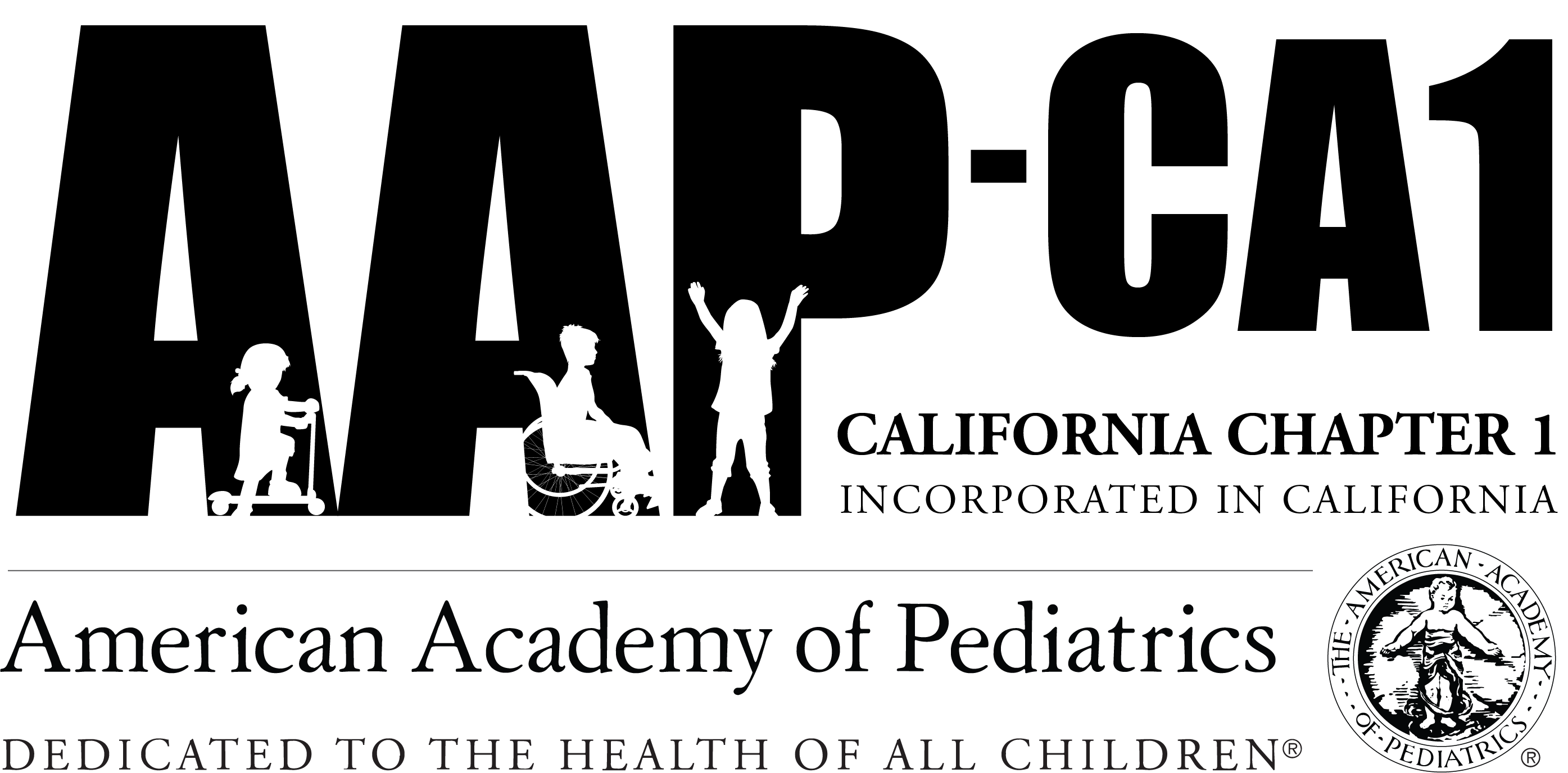What’s Up, Docs? Article
Meghan Schmitt, MD
Posted June 2, 2021

As I near the end of my intern year, I reflect on all that I have learned from my patients. Starting residency in a global pandemic, I have seen more adversity than I ever thought possible in a year: Parental loss, food insecurity, chronic disease, systemic racism, homelessness, abuse, neglect. But I have also seen resilience. Patients have demonstrated tremendous resilience in the most difficult of times.
One patient in particular stands out, a ten-year-old boy hospitalized for an exacerbation of his chronic disease. He was all alone in the hospital. His family was at home, sick with Covid-19. His father and grandmother had recently succumbed to the virus. His resilience was astounding. He called his family and friends every day. He turned to art, creating beautiful drawings of his loved ones. When I spoke with his family, they explained the strength of their relationships and community support. These strengths were protective, enabling him to overcome the immense challenges he faced.
This year I have been trained to screen for risk factors such as social determinants of health and adverse childhood experiences. I have not been trained to identify protective factors and promote resilience. Although positive childhood experiences cannot reverse adverse childhood experiences, factors such as safe environments, stable and supportive relationships, opportunities for social and emotional developmental, and community engagement can improve the chances of healthy outcomes.1 Dvorsky et al. explain that resilience emerges from “ordinary adaptive systems such as close relationships with competent and caring adults and peers, effective schools and communities, opportunities to succeed, and beliefs in the self.”2 Additional protective factors are embedded in governments, economic systems, and cultures.3
Pediatricians can play a role in promoting these factors through a strength-based approach to foster resilience. Learning to incorporate this approach in our practice should be the next step in pediatric training. Bright Futures encourages clinicians to acknowledge and reinforce existing family strengths and to help build others.4 These guidelines explain, “most families can maximize these assets if they are aware of their importance.”4 A recently published Pediatrics article explains additional benefits of incorporating this approach including its ability to create a physician-patient relationship rooted in anti-racism, empathy, and dignity and to create an environment that promotes “shared decision-making based on acknowledgement of families’ expertise.”1 The article offers tangible ways to incorporate these concepts into practice: ask parents about the health of their relationships, discuss ways they can create positive experiences for their children, brainstorm sources of support, and connect families with community resources.1 At a policy level, pediatricians can promote positive childhood experiences by advocating for policies that promote “safe, stable, and nurturing relationships and environments for every child.”1, 5 For example, they can advocate for the policy that would offer universal high-quality preschool to all three- and four-year-olds, part of The American Families Plan, projected to benefit five million children.6
The lessons I take from this year are innumerable. The one that helps me survive the hardest of days is that strength exists in all of our patients. We have a responsibility as pediatricians to identify and build on their strengths to promote resilience.
- Sege RD. Reasons for HOPE. Pediatrics. 2021;5: 147 (5) e2020013987; DOI: https://doi-org.laneproxy.stanford.edu/10.1542/peds.2020-013987
- Dvorsky MR, Breaux R, Becker SP. Finding ordinary magic in extraordinary times: child and adolescent resilience during the COVID-19 pandemic [published online ahead of print July 1, 2020]. Eur Child Adolesc Psychiatry. doi:10.1007/s00787-020-01583-8
- Masten AS, Motti-Stefanidi F. Multisystem resilience for children and youth in disaster: reflections in the context of COVID-19. Advers Resil Sci. 2020;1:95–106
- Hagan JF, Shaw JS, Duncan PM, eds. Bright Futures: Guidelines for Health Supervision of Infants, Children, and Adolescents, 4th ed. Elk Grove Village, IL: American Academic of Pediatrics; 2017
- Centers for Disease Control and Prevention. Promoting positive community norms: a supplement to CDC’s essentials for childhood: steps to create safe, stable, nurturing relationships and environments. 2014. Available at: https://www-cdc-gov.laneproxy.stanford.edu/violenceprevention/pdf/efc-promoting-positive-community-norms.pdf. Accessed October 15, 2020
- Fact Sheet: The American Families Plan. Statements and Releases, April 28, 2021. https://www.whitehouse.gov/briefing-room/statements-releases/2021/04/28/fact-sheet-the-american-families-plan/
